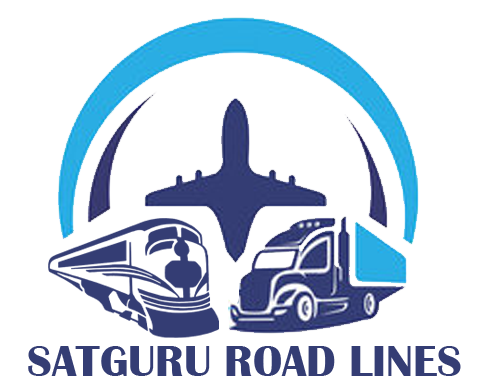Dear readers,
I hope this blog post finds you in good health and high spirits. Today, I want to take you on a journey, a journey through the bustling world of Indian logistics and its profound transformation brought about by the e-commerce revolution.
1. The E-commerce Explosion: A Phenomenon Unleashed
The proliferation of smartphones, widespread internet access, and the convenience of doorstep delivery have propelled e-commerce to unimaginable heights. The numbers are staggering, and they tell a story of unprecedented growth.
India’s e-commerce market is estimated to reach $200 billion by 2026, driven by increasing internet penetration and digital literacy. During the festive season of 2022, e-commerce platforms witnessed a whopping 50% increase in sales compared to the previous year. These statistics are not just numbers; they represent a fundamental shift in how we shop and consume products.
But what’s truly fascinating is the change in consumer behaviour. Today, over 74% of urban internet users in India shop online, a percentage that continues to grow steadily. The “next-day delivery” expectation is no longer a luxury; it’s the norm. Customers are increasingly demanding quicker and more reliable deliveries. They want their products now, and this has set in motion a series of transformations in the logistics industry.
2. The Logistics Facet: Navigating E-commerce’s Demands
The e-commerce boom has placed immense pressure on the logistics sector, pushing it to evolve rapidly. It’s a sector that I am deeply passionate about, and it’s truly exciting to see how it’s adapting to the changing times.
Last-mile innovation has become a buzzword in logistics. E-commerce companies are investing heavily in last-mile delivery solutions, including electric vehicles and drones, to expedite deliveries and reduce costs. The adoption of hyperlocal warehouses is becoming common to ensure products are as close to the customer as possible, minimizing delivery times.
Technology is at the heart of this transformation. The integration of AI and data analytics in logistics operations is enhancing route optimization, demand forecasting, and inventory management. Real-time tracking and transparency in logistics are now the standard. Customers can track their parcels with precision, enhancing their overall shopping experience.
3. Challenges Amidst Opportunities
Of course, with great opportunities come great challenges. While the e-commerce boom presents lucrative prospects, it also comes with its share of hurdles for the logistics industry.
Peak seasons, particularly during festive sales, often lead to capacity constraints due to the surge in orders. Balancing supply and demand becomes a critical challenge. Ensuring the availability of skilled labour to handle increased workloads during peak seasons is another hurdle.
Cost pressures are also a reality. The demand for fast and free deliveries often leads to higher operational costs for logistics companies. Navigating volatile fuel prices and rising transportation expenses can affect profit margins.
4. Real-World Success Stories
Now, let’s explore some real-world examples of how logistics companies are thriving in the e-commerce era. These stories exemplify the spirit of innovation and adaptability that defines the industry.
Case Study 1: The Express Delivery Pioneer
One of the pioneers in the logistics industry revamped its delivery fleet, introducing electric vans and e-bikes for faster, eco-friendly last-mile deliveries. This case study illustrates how innovative thinking can not only meet customer expectations but also contribute to environmental sustainability.
Case Study 2: Data-Driven Efficiency
A logistics startup decided to embrace technology fully. They implemented AI algorithms to optimize delivery routes and reduce fuel consumption by 15%, resulting in substantial cost savings. This example demonstrates the tangible benefits of technology adoption in logistics.
5. Conclusion: Navigating the E-commerce Current
In conclusion, the e-commerce surge is not merely a trend; it’s a seismic shift in consumer behaviour. For logistics companies like Satguru Road Lines, adapting to this change is not an option; it’s a necessity. As we continue to navigate the currents of e-commerce logistics, we remain committed to providing efficient and innovative solutions.
In our next blog post, we will explore the sustainability initiatives shaping the future of logistics. Stay tuned as we delve into the eco-friendly side of transportation.
